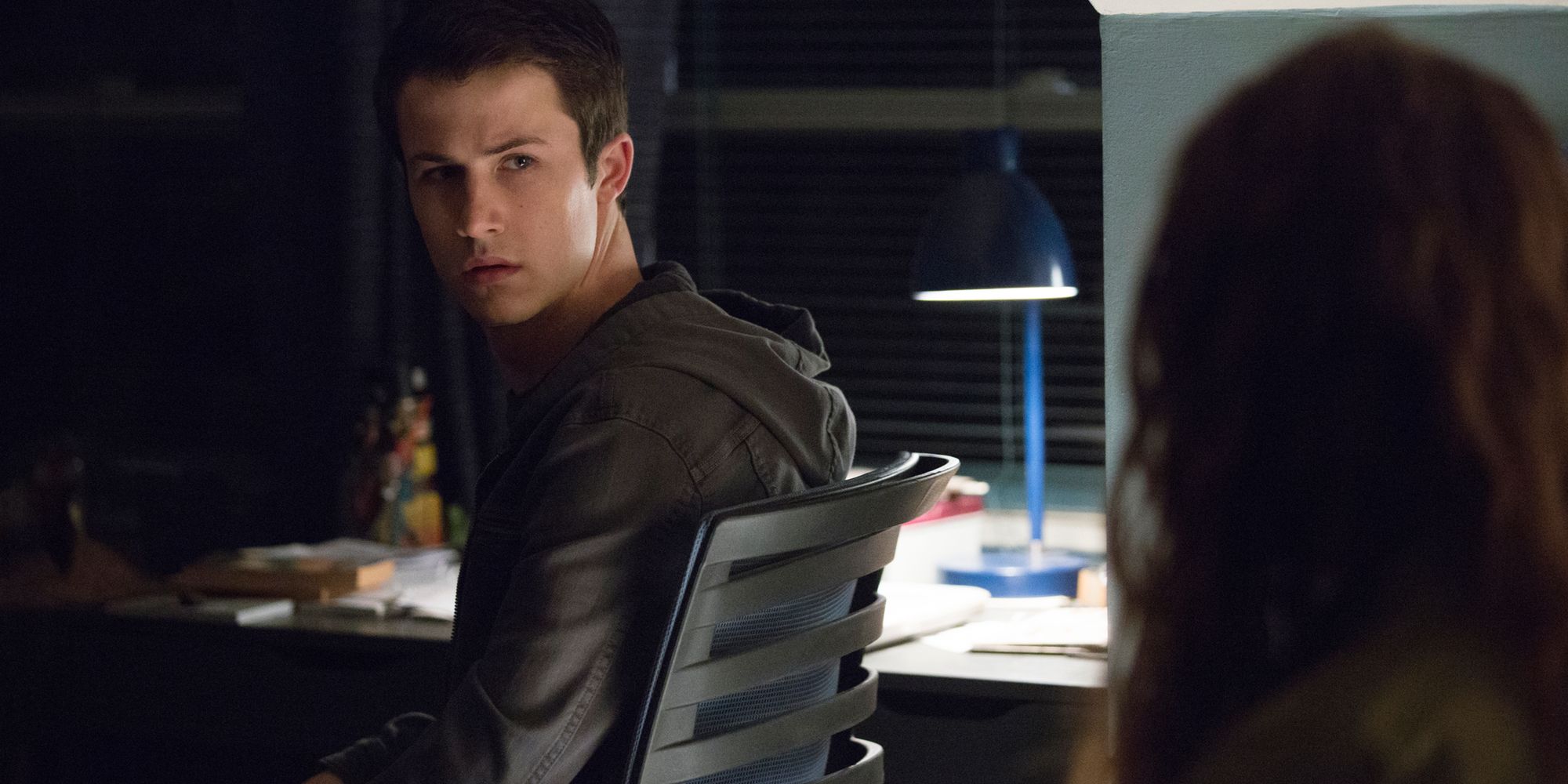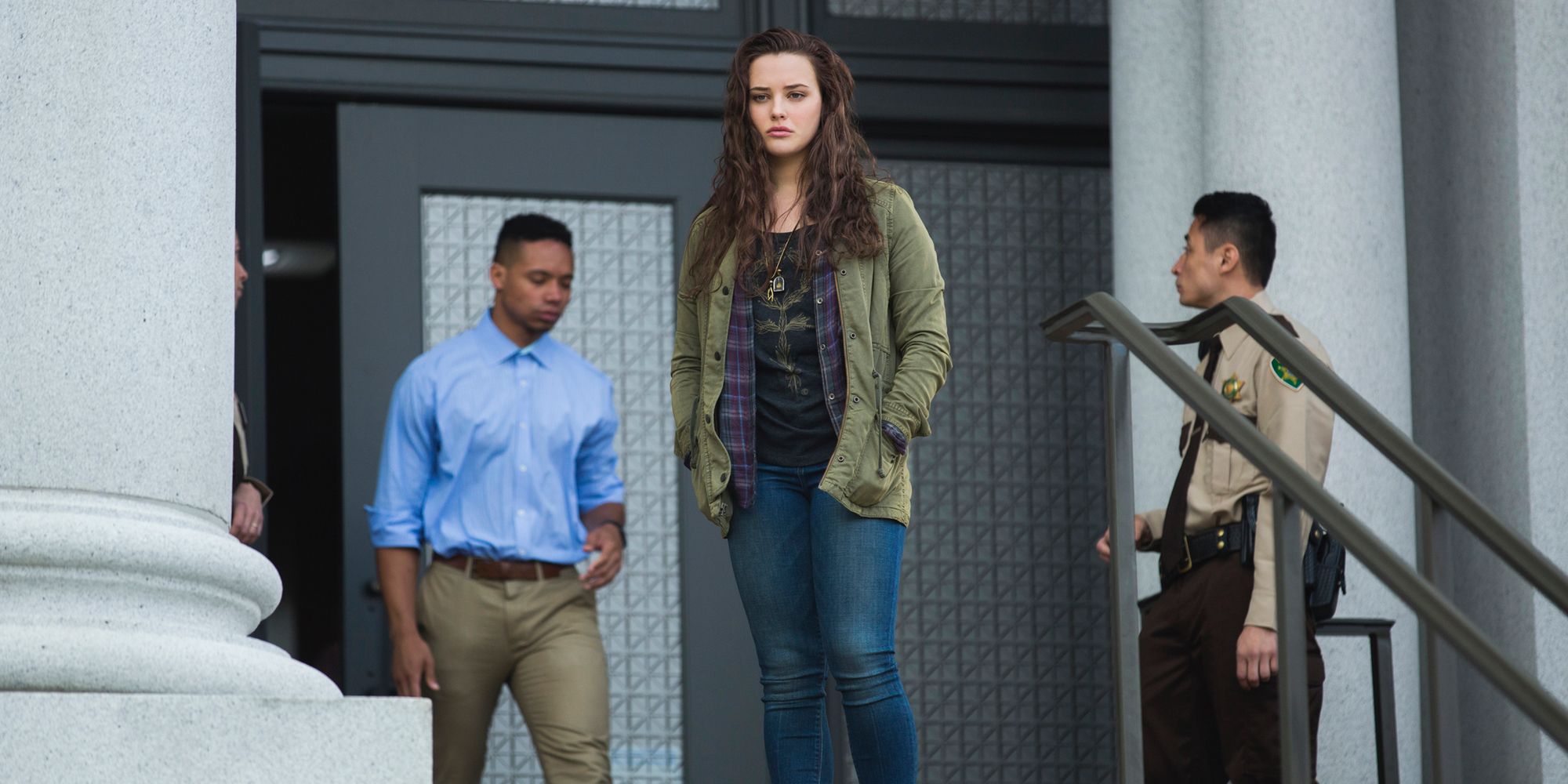Season 1 of Netflix’s 13 Reasons Why was about as self-contained a story as you can get. Based on the novel by Jay Asher, the series was initially intended to be a feature film, but soon took on a new form as one of the streaming giant’s overlong, sometimes ponderous, supposedly bingeable originals. Though it covered sensitive, important topics like bullying, self-harm, rape, and suicide — sometimes in not the most sensitive of ways — the questions of why Hanna Baker (Katherine Langford) killed herself and chose to explain why on a series of cassette tapes, didn’t have enough story to adequately fill 13 hours of television. Nevertheless, it still told its story from beginning to end. That’s a problem for season 2 as the series struggles to justify the unnecessary continuation of what was a self-contained story.
For there to be 13 episodes in the first season was, if not totally necessary, at least ambitious in its design. The narrative device of Hannah’s recordings, mixed with the investigation into them made by Clay Jensen (Dylan Minnette), along with a multitude of flashbacks featuring the show’s expansive ensemble cast, gave the series enough structure to partially mitigate the more ponderous parts of the season’s storyline. With Hannah now gone the focus shifts to the lawsuit filed by her parents against the school for failing to protect her, as well as a second thread involving Polaroids as evidence of just how rampant bullying and sexual assault really are at this school. The photos and the mystery surrounding them are little more than a lateral move for the series, a secondary device intended to further mimic the structure of season 1, that only affords 13 Reasons Why a chance to rehash a story that’s already been told.
More: New Girl Series Finale Review: A Sweet Farewell That Distills The Show’s Best Parts
Though it makes a concerted effort to cover important issues, the series often does so in a facile manner; platitudes are delivered in place of more meaningful examinations of the subject matter. There’s a scene early on in the new season where the school’s baseball coach listlessly reads his players a memorandum about consent. It’s meant to be perfunctory, but it’s also unintentionally representative of how the show itself often makes due with a superficial investigation of its own content. Many of those potential examinations wind up being tabled for the purpose of pushing Clay down the path of uncovering a new mystery, one seemingly in connection to Hannah’s suicide, and in convincing the audience there’s more to her story than was seen in the previous season. In doing so, 13 Reasons Why inadvertently invalidates the intended emotional impact of what came before.
The most glaring evidence of this is in how the series works Hannah back into the story. By becoming a hallucination, a manifestation of Clay’s guilt and lingering feelings for her, the series can utilize Langford outside of the occasional flashback, and also put her in scenes with Minnette to once again capitalize on their on-screen chemistry and solid performances. But in doing so, 13 Reasons Why ultimately undermines the poignancy it was chasing with Hannah’s story, and it makes the controversial choice to depict her suicide in graphic detail more difficult to justify to those claiming it glamorized the act.
A hallucinatory Hannah aside, the second season’s biggest problems have more to do with its structure and inert story than anything else. Right away it becomes clear the season's narrative foundation is built on sand, which is worsened by a lack of forward momentum and over-reliance on rehashing the past, making it more ponderous than even the most inessential portions of the previous season. There’s a valid attempt to turn various student courtroom testimonies into the same narrative device that season 1 employed, but given that the most significant emotional beats have already played out in excruciating detail, the effort here lacks both the necessary emotional force and narrative drive to feel meaningful. In addition, the episodes are much too long. Season 1 was around six hours of actual story spread out over twice that amount, the issue is compounded here, and the result is that the dreaded streaming drift begins to set in around episode 4.
13 Reasons Why is certainly well-intentioned, something that’s made evident by its attempts to tackle difficult subject matter, as well as the appearance of plainly worded PSAs and links to crisis help lines and other valuable resources. Some of that stems from the wave of criticism and backlash the series received last year, which was retroactively corrected in much the same manner. Some of it is also clearly a product of the series' producers demonstrating an increased awareness of their show’s content and core audience. But as is sometimes the case, the intent of or message in a story warrants a more compelling delivery, one that feels not only urgent but also necessary. With its myriad flashbacks, hallucinations, and recycled narrative devices, 13 Reasons Why season 2 is unfortunately neither.
Next: Sense8 Series Finale Trailer Promises One Last Mission
13 Reasons Why season 2 is currently streaming on Netflix.


